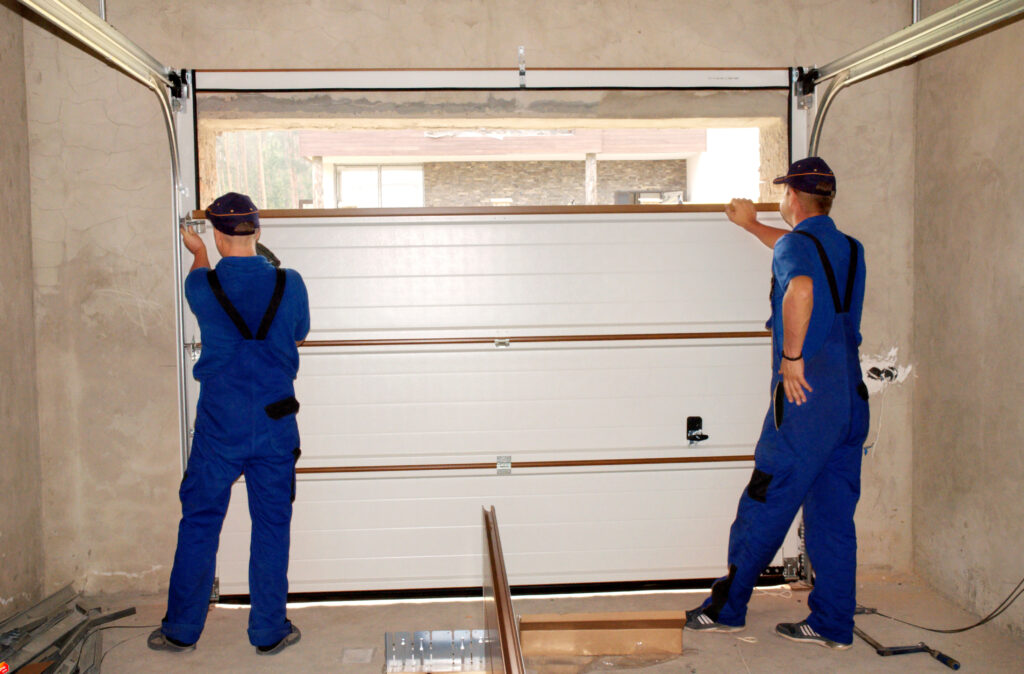
A garage door is often one of the most prominent features of a home’s exterior and can significantly influence both curb appeal and energy efficiency. When considering a new garage door, homeowners are usually faced with the choice between insulated and non-insulated options. While non-insulated garage doors tend to be less expensive upfront, insulated doors offer a range of benefits that may justify the additional cost. This guide aims to help you understand the key differences, advantages, and whether investing in an insulated garage door makes sense for your home and lifestyle.
Choosing the right garage door is about balancing budget, energy savings, comfort, and durability. An informed decision can lead to long-term savings and added convenience, especially if your garage is more than just a storage space—it might be a workshop, home gym, or an area where you spend a lot of time. By examining the pros and cons of each type and considering your specific needs, you’ll be better equipped to decide if upgrading to an insulated garage door is worth the investment for you.
Comparing Insulated and Non-Insulated Garage Doors: What You Need to Know
Insulated garage doors are constructed with a core of foam or polyurethane insulation sandwiched between layers of durable material, such as steel or fiberglass. This insulation helps regulate temperature, reduce noise, and add strength to the door, making it more resistant to dents and damage. Non-insulated doors, on the other hand, are typically made of thinner materials without insulation, making them lighter and generally less costly upfront. However, they don’t provide the same level of thermal efficiency or soundproofing.
When it comes to energy efficiency, insulated doors are a clear winner, especially in climates with extreme temperatures. They help keep your garage warmer in winter and cooler in summer, which can translate into reduced energy bills if your garage is attached to your home. Insulated doors are also more durable and less likely to warp or crack over time, which means lower maintenance and replacement costs in the long run. Non-insulated doors may suffice in milder climates or if your garage is used solely for parking without additional activities, but they typically fall short in providing year-round comfort and energy savings.
Is Upgrading to an Insulated Garage Door Worth the Investment?
Deciding whether to upgrade hinges on your priorities and how you use your garage space. If your garage is attached to your home or serves as a workspace, an insulated garage door can significantly improve comfort and energy efficiency. Over time, the savings on heating and cooling bills can offset the initial higher cost. Additionally, the increased strength and durability of insulated doors can reduce maintenance needs and extend the lifespan of the door, making it a cost-effective choice in the long run.
From a practical perspective, an insulated garage door can also contribute to noise reduction and added security. If you have a busy household or live in a noisy area, the extra insulation can lessen sound transmission. Moreover, better insulation adds to the overall aesthetic and curb appeal of your property, potentially increasing its value. While the upfront investment is higher, many homeowners find that the benefits—improved comfort, energy savings, durability, and appearance—make upgrading to an insulated garage door a worthwhile investment that pays off over time.
📞 Call Sam’s Garage Door today at 714.331.7893 to schedule your consultation and experience the difference a new garage door can make.
